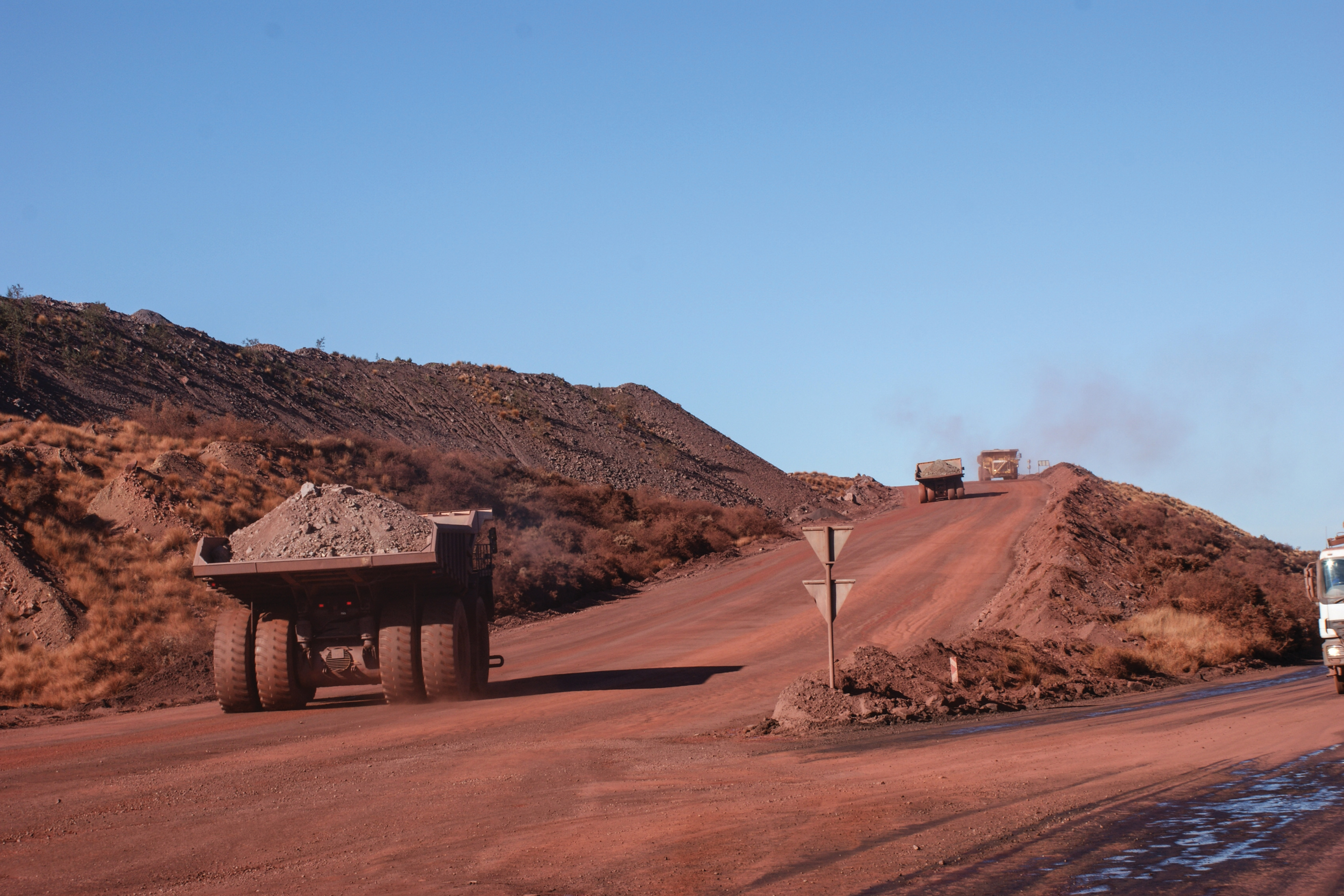The haul road – is it your mine’s greatest asset or greatest liability?

Investing in a haul road is a great way to protect your valuable asset and deliver exceptional ROI.
However, in both surface and underground mining, badly designed and poorly maintained haul roads, be they permanent, semi-permanent or temporary, can significantly increase costs.
Not only do you have to factor in aspects such as increased fuel, tyres and other running costs, plus the repair / replacement of major equipment, but there are also long-term and indirect issues such as lost production and safety.
So what makes a good haul road and how easy are they to maintain?
As a general rule, if you can comfortably travel at around 60 km/h over your haul road in a light vehicle, without bouncing all over the place, you’re doing things right.
As haul roads start at the loading face and end at the dump, it’s important to:
- Maintain good floor conditions at both ends
- Travel at a reasonable speed in the dump zone
- Establish safe stopping distances, and
- Determine safe sight distances
Other haul road management factors to consider:
- Smooth constant grades – minimizing gear changes, maintaining higher speeds, reducing fuel consumption and spillage.
- Optimum road width – 2 truck widths on one-way straights (2.5 on corners); 3.5 truck widths on two-way roads (4 on corners).
- Well designed curves and smooth switchbacks – using the largest possible maximum radius and including truck performance/ speed as part of the equation.
- Horizontal alignment around curves – incorporating proper width, superelevation (banking), turning radius and sight distances.
- Constant crossfalls – maintain minimum slope for drainage, 2% fall if possible (loaded truck on “uphill” side)
- Optimal grades – limit to 8 to 10% with minimum (2%) rolling resistance.
- Rolling resistance – Increased rolling resistance = increased fuel & tyre costs, increased equipment and maintenance costs, therefore increased cost per tonne.
- Specific courses/layers – incorporate sub-grade (0.5m sandy clay), sub-base (1m clean sand), base (1.3m course crushed rock) and surface courses (0.8% fine crushed rock or gravel) dependent on design, size of haul trucks (eg.320t) and material availability.
- Safety factors – construct median or collision berms, escape lanes and dedicated roads for smaller vehicles; install appropriate signage.
- Road surface roughness – the rougher the surface, the shorter the life of truck components and tyres, and the higher the fuel consumption.
7 things to do to avoid haul road deterioration
- Do not overload vehicles, thus preventing spillage
- Stabilise and seal roads that will remain in place for more than 12 months to reduce water ingress and loss of wearing course material, as well as reducing operating costs through an improved running surface
- Ensure adequate drainage to cover maximum expected rainfall
- Keep ditches and culverts clear of obstructions and line with rocks to minimize erosion
- Minimise puddling & refill potholes with good material that is well compacted
- Minimise dust problems with a dust control program that uses proven dust suppressants like DAS Product and sufficient water truck or sprinkler capacity
- Use the correct equipment and work methods to maintain crossfall, control dust and repair surface depressions.
Need assistance with your haul road management?
Dust-A-Side Australia – the dust suppression and road management specialists – will be more than happy to help.
For a friendly, informative and obligation-free chat about our, speak to a member of our engineering team today on 1800 662 387 or simply click here to contact us.



